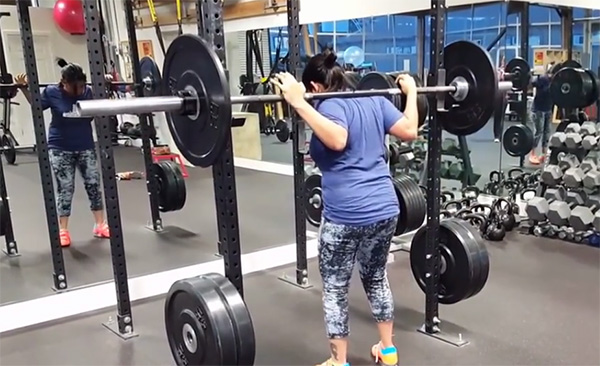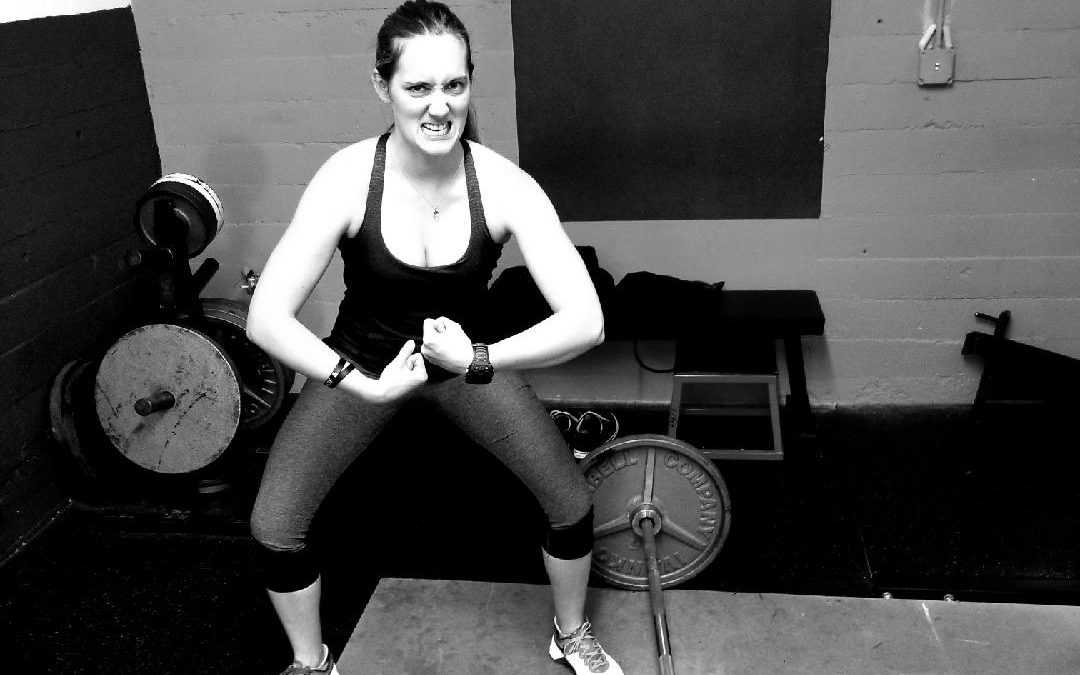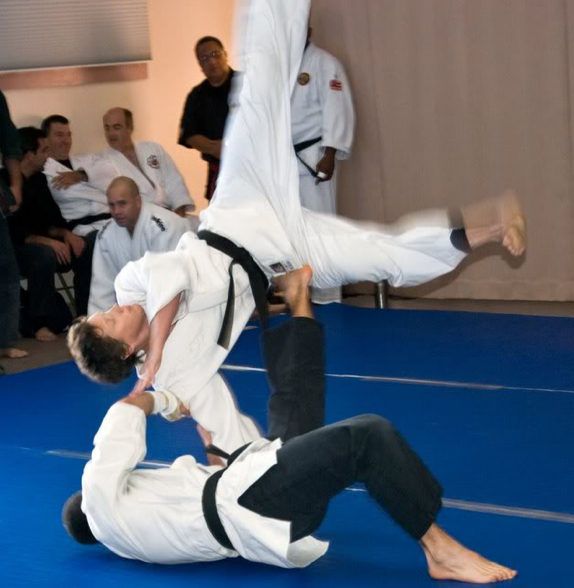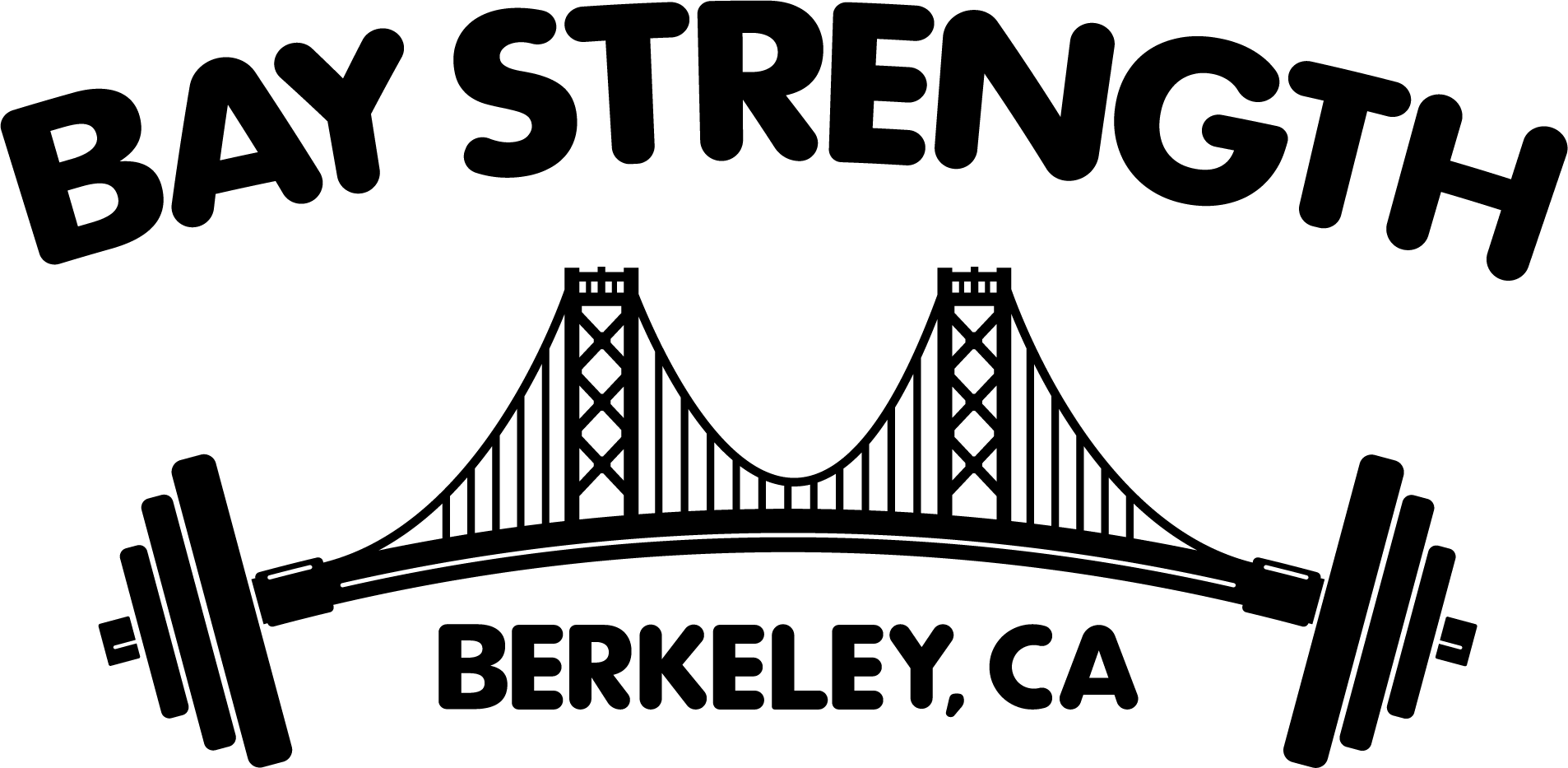
by Kelly Bryant | Jun 20, 2017 | Training |
The importance of properly unracking and racking the barbell during the squat is frequently overlooked. This is because lifters often do not feel the need to take it seriously when they are just beginning a linear progression and the weights are still light.
However, poorly unracking the barbell will at best rob you of the energy and strength you need to complete your working weight and at worst lead to a serious injury. Setting up good habits about racking and unracking the barbell will set you up to be successful and safe.
In this video, we will cover how to properly unrack and rack the barbell and show some common mistakes.

by Katherine Bickford | Jun 16, 2017 | Taking Up Space Series, Training |
We are surrounded by messaging that tells women to be smaller, quieter, softer, thinner, leaner – to be less. This is so glaringly obvious that it feels gratuitous to mention. We in the barbell community sometimes think we stand in opposition to these ideas, that we offer an alternative to the mainstream image of what a woman should be. I think we often fail at that, and even sometimes unwittingly reinforce those very ideals.

by Gwyn | Jun 13, 2017 | Equipment, Training |
Bought a new belt? Having trouble getting it on and off? Here’s a short video on working with a new, stiff belt.

by Kelly Bryant | Jun 7, 2017 | Training |
A weightlifting belt is an essential piece of equipment!
A belt used properly will add stability and safety to the spine and torso of the lifter. It is common gym mythology that a lifting belt allows the lifters core to disengage but this could not be further from the truth. The belt actually increases the lifters ability to contract the musculature of the core by providing tactile feedback around the waist.

by Kelly Bryant | May 23, 2017 | Training |
When it comes to getting stronger your training log is an essential piece of equipment.
Keeping a complete and thorough training log means you will progress faster, have more fun and be more aware of how your body adapts and responds. Your training log provides important data that allows you or your coach to make smart and effective programming choices. Seeing your progress on paper is very rewarding and motivating.
In this video, I discuss how to make the most of your training log and show an example log book.

by Gwyn | Mar 15, 2017 | Training |
As a strength coach, the best advice I can give you, the novice trainee, is to spend the duration of your linear progression with a singular focus – getting stronger.
Training for strength takes advantage of the body’s ability to benefit from the stress/recovery/adaptation cycle. Originally described by Hans Selye in 1936 as a mechanism to describe the set of responses an organism goes through in order to adapt to an external stressor, the stress/recovery/adaptation cycle is a simple way to understand our infinite capability as humans to adapt and change.
However, some of us, myself included, suffer from the desire to become accomplished in many kinds of physical pursuits and are unwilling to stop practicing these other disciplines for the length of time it takes to run a linear progression. Factors that affect recovery include adequate rest, food (especially protein) and sleep. Failure to respect the need for the recovery piece of the stress/recovery/adaptation cycle will derail your linear progression.






